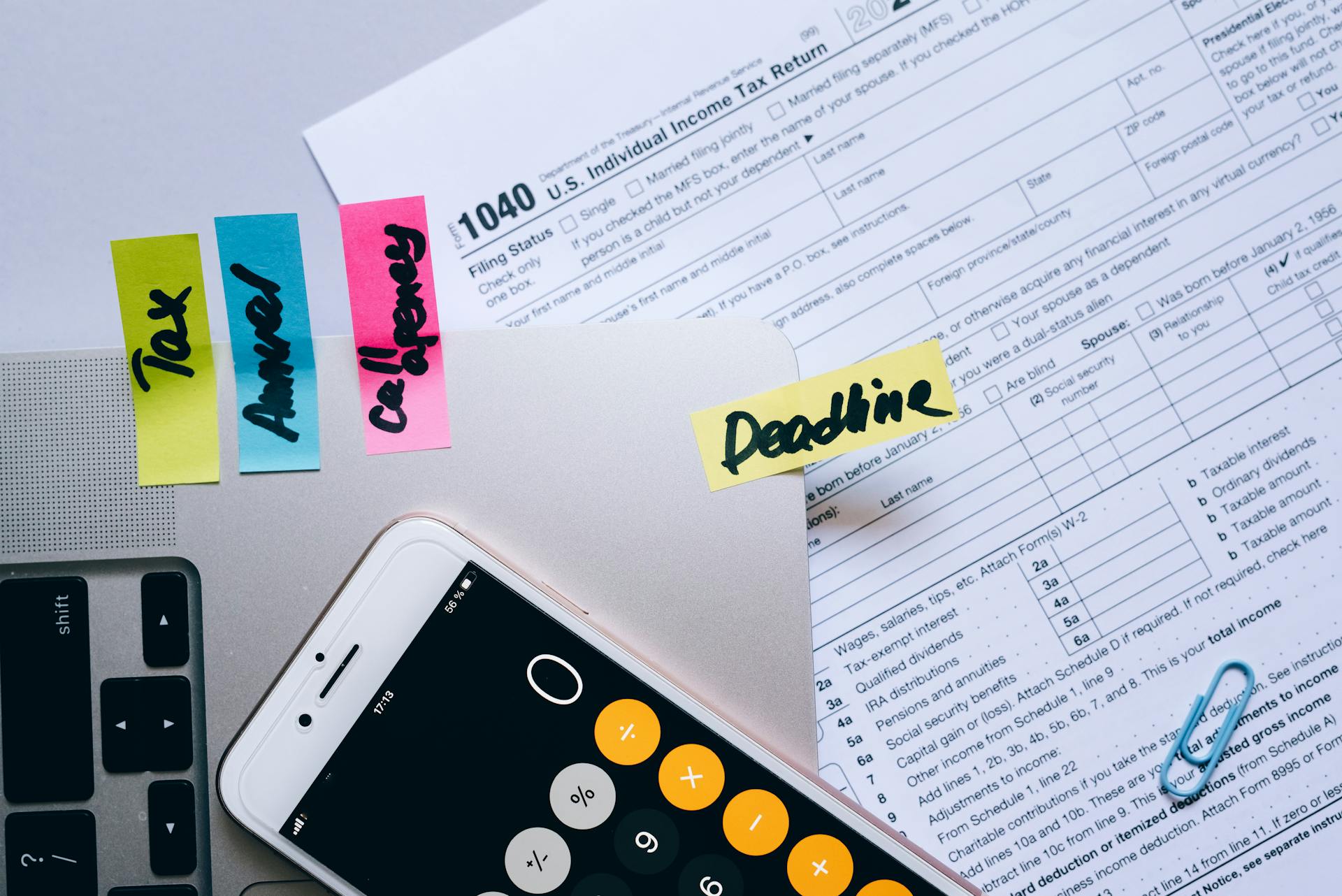
Failing to resolve your tax debts can trigger the IRS collection process—an escalating series of notices, levies, and garnishments that can threaten your bank accounts, wages, and property. Understanding each step and taking prompt action can halt collections and restore your financial security.
The IRS sends a demand for payment after you file a return with an unpaid balance.
If you don’t pay or respond, follow-up notices arrive—each one more urgent, and each adding new penalties.
This “Final Notice” warns that the IRS may levy (seize) your assets. You have 30 days to appeal or arrange payment.
If you still don’t act, the IRS can garnish wages, levy bank accounts, file a Notice of Federal Tax Lien (NFTL) against property, or seize non-exempt assets.
Even a small unpaid balance can escalate quickly once penalties and interest accrue.
For details on settling for less, see our Offer in Compromise page.
We audit your IRS account transcripts and notices—at no cost—to pinpoint your exact balance and collection status.
We identify any levies, wage garnishments, or tax liens attached to your assets and prepare the necessary forms to request immediate release.
Based on your ability to pay, we recommend the right relief program: Offer in Compromise, Installment Agreement, or Currently Not Collectible.
We submit all applications and negotiate directly with IRS agents to ensure prompt approval and account release.
After collections stop, we monitor your IRS account so new levies or liens never catch you by surprise—and advise you on future filings to stay in good standing.
Unpaid tax balances, failure to respond to IRS notices, defaulted installment agreements, or repeated late filings can all trigger escalating collection actions—starting with demand letters and culminating in levies and liens.
The IRS issues a series of notices: CP14/Letter 11 (balance due), CP501/CP503 (payment reminders), CP504/Letter 1058 (final intent to levy), and CP91/CP297 (Notice of Federal Tax Lien). Each notice increases in urgency.
You can halt enforced collections by becoming compliant (filing returns), negotiating an installment agreement, applying for penalty abatement, or securing “Currently Not Collectible” status if you demonstrate financial hardship.
A federal tax lien is a legal claim on your property, wages, and assets when you neglect tax obligations. It appears on public records, can damage your credit, and prevents you from selling or refinancing property without resolving the debt.
Methods of Contact
Vital for collaboration, support, or information exchange.
State-Specific Implementation
For information regarding your specific state's policies and execution, please select the state below.